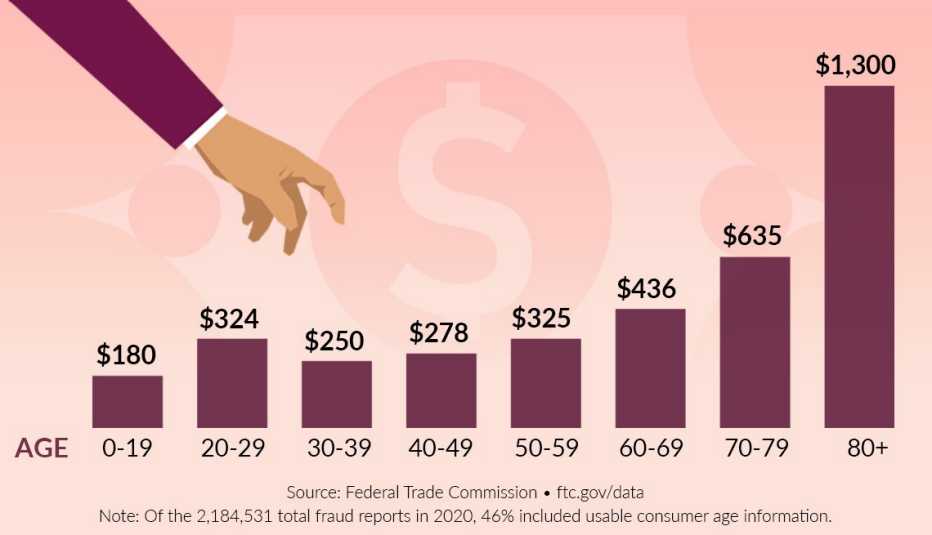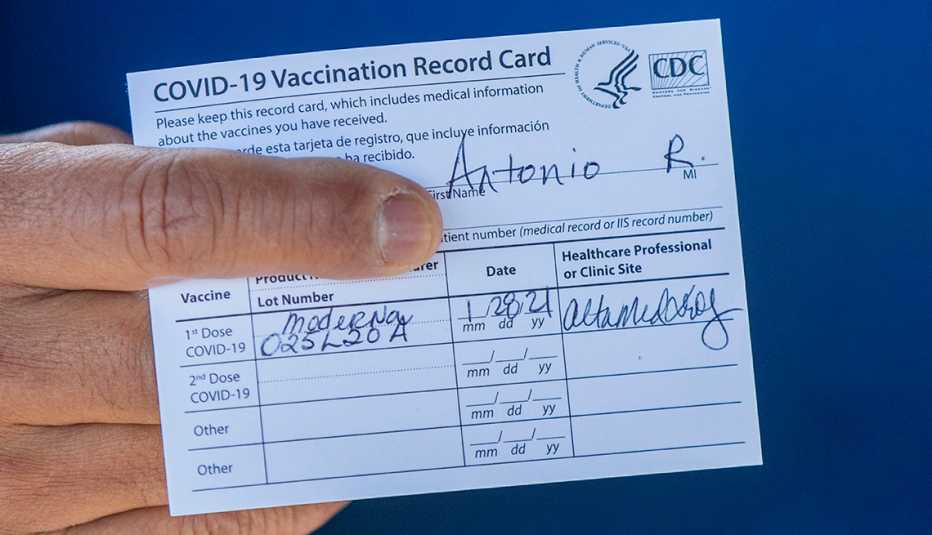AARP Hearing Center
Identity thieves were busier than ever as the pandemic erupted nationwide last year, with reports of identity theft in the U.S. skyrocketing to nearly 1.4 million in 2020, more than double the number a year earlier.
The figures released Thursday by the Federal Trade Commission (FTC), a consumer protection agency, show identity theft reports last year were more than triple the number from 2018. Cases reached 1,387,615 in 2020; 650,523 in 2019; and 444,344 in 2018.
Criminals chase headlines
The FTC saw an astonishing 2,920 percent annual hike in the number of identity theft cases in which victims said their information was used to apply for or receive government benefits, such as unemployment compensation. The disturbing trend likely stems from the trillions of federal dollars unleashed in COVID-19 relief.


Identity Theft Reports on the Rise
Thieves also hijacked other peoples’ identities to obtain driver's licenses, passports and other government-issued documents, said FTC spokesman Jay Mayfield.
The findings are in the FTC's 2020 Consumer Sentinel Network Data Book. The annual analysis puts the 4.7 million overall complaints from consumers into one of three buckets: identity theft; fraud; and other consumer problems such as those involving credit bureaus, bankers and lenders.
Median Fraud Losses By Age


Key fraud takeaways in 2020:
- There were 2.18 million reports of fraud, and impostor scams were the most common type of fraud. These involve criminals posing as others to wheedle money or personal information from victims. For example, the crooks may masquerade as a government employee; romantic interest; or relative or friend with an urgent financial need.
- Frauds grew from 1.72 million reports in 2019, and year-over-year losses climbed to more than $3.3 billion in 2020 from $1.8 billion a year earlier.
- Not everyone who reports fraud actually lost money: Only 18 percent of those age 80 and older said the fraud deprived them of assets. Worryingly, though, that age cohort suffered the largest median loss of any group: $1,300.
- Median fraud losses were $635 for victims age 70 to 79; $436 for those 60 to 69; $325 for those 50 to 59; $278 for those 40 to 49; $250 for those 30 to 39; $324 for those 20 to 29; and $180 for those 19 and younger.
ID theft outbreak in Kansas
Kansas led the country in per-capita reports of identity theft, with 1,483 reports for every 100,000 residents. When metro areas across the U.S. were analyzed, four in Kansas led all others: Topeka had 1,925 reports for every 100,000 persons; Lawrence, 1,717; Wichita, 1,395; and Manhattan, 1,207. In fifth place was Tuscaloosa, Alabama, with 1,195 identity theft reports for every 100,000 residents.
Fraud plagues Florida communities
Florida ranked third in the U.S., behind Nevada and Delaware, for fraud and other complaints on a per-capita basis. When metro areas were analyzed, half of those in the top 10 were in the retiree-rich Sunshine State. Here's the list including cases of fraud and other reports for every 100,000 people:
1. Tuscaloosa, Alabama (2,273)
2. Sebastian-Vero Beach, Florida (1,614)
3. Little Rock-North Little Rock-Conway, Arkansas (1,376)




































































